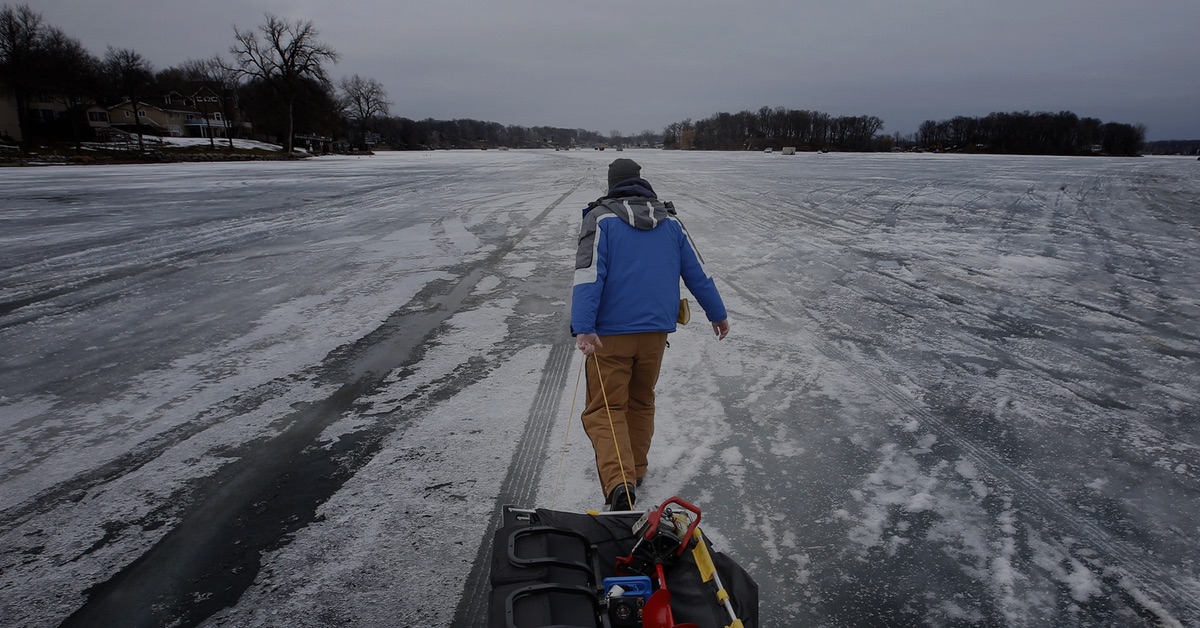The Seasonal Migration Paths of Walleye
Fishing for Walleye can be very rewarding if you understand the seasonal migration paths of these fish, so that you can go to them when you are fishing and have a greater chance of catching your limit.
Over any specific twenty four hour period, the Walleye will move many times.
The fish tend to use the same routes around the lake every day, staying in deeper water that is cooler and darker during the day, while making their way around the lake steadily following a familiar path.
Walleye Moving at Night
During the night hours Walleye tend to move closer to the shore to get the bait fish that are located here, feeding and then moving back out to the deeper waters after they are finished eating.
During the warmer months most Walleye will be deep as they follow their migration path, but in the cooler weather the fish may be closer to the mid level of the depth and not near the bottom, because overcast days and cooler temperatures make this level comfortable for the fish.
While the fish are following the daily path around the lake they generally keep to the same depth and do not fluctuate much.
Walleye prefer beds of weeds, underwater structures, and landscapes that offer a dark and cool environment, and these factors are included in their daily and yearly migration route around the lake.
The Walleye migration path will generally follow areas around the lake that are windy, choppy, or murky, and they will not usually go into open water that is not part of their seasonal migration route.
During the colder months, these fish can be found closer to shore and in shallower water. Walleye prefer cooler waters, below seventy five degrees, and in the winter months the water in the entire lake is cool enough for them.
In the spring when the Walleye spawn, all of the usual advice goes out the window though, because at this time the spawning instinct takes over.
Walleye Movement During Spawning
During the spawning season, the Walleye will come into shallow water once the sun sets, to reach the spawning grounds.
This starts a couple of weeks before the spawn actually starts.
The Walleye will stay shallow until right before sunrise, then they head back out to deeper waters.
The Walleye will repeat this pattern every night until the spawn is complete, when the female Walleye leave the spawning area for good until next year.
Male walleye may continue to come to the spawning grounds nightly for up to a month once the spawn is finished.
During the spawn, Walleye can be found in as little as two feet of water along rocky shorelines.
The seasonal migration paths of Walleye can cover many miles around the lake during a single day, and this fish species is consistently on the move.
Understanding where the Walleye go can be a great way to end a fishing trip with a boat full of Walleye, and a day of catching your limit.
For more reading on this topic see below for two key research articles about walleye patterns and migration:
A Thesis Report about Walleye Patterns [.pdf]


